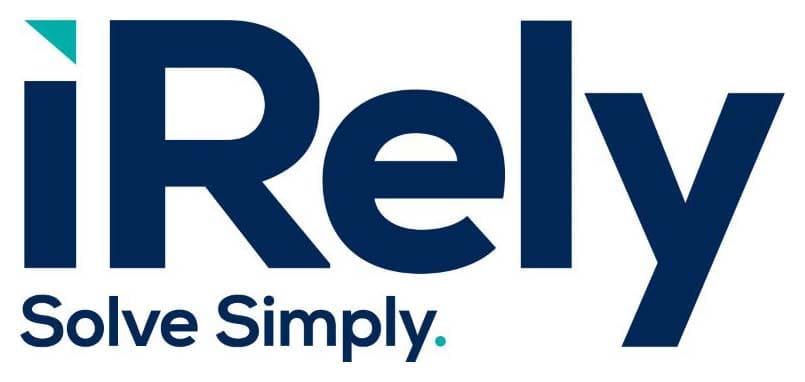Benefits of Digital Transformation
In the Tech Budgets 2022 special report, ZDNet noted that digital transformation makes companies more flexible and resilient, two traits that are essential in commodity management. In the last two years, extreme weather events, supply chain disruptions, pandemic shocks, and shifting consumer preferences have all impacted commodity trading. The current geopolitical upheaval is driving unprecedented volatility. Supply chain digital transformation
Companies that aggregate and analyze data faster manage commodity upheavals better than slower moving organizations. Digitalization is essential to rapidly aggregate and analyze information.
What digitalization means for commodity management
Gartner defines digitalization as the use of digital technologies to change a business model and provide new revenue and value-producing opportunities. For commodity trading companies, digitalization involves leveraging digital technology to optimize business processes. Automating processes ensures data flows seamlessly across the organization and eliminates data input errors. Digitalization enables you to analyze information faster, so you gain efficiency, improve effectiveness, and collaborate better with trading partners.
Digital transformation is accelerating
Even five years ago, no one could have predicted the level of digital connectedness we need today. Months of pandemic lockdowns forced businesses to quickly pivot to digital collaboration, replacing face-to-face meetings with virtual meetings and moving from reams of paper documentation to electronic records with digital signatures.
The pandemic accelerated the push for digital transformation, but it’s not the only force. Commodity trading companies now have access to an overwhelming amount of real-time data, including market feeds, weather reports, product movements, manufacturing and shipping schedules, inventory levels, and more. Relying on manual data collection doesn’t work with so much information changing constantly. By the time you manually aggregate the information, it is already outdated. Automated workflows ensure you have the information when it is current, so you make decisions with the best possible information.
Accessing and analyzing data in real time helps you navigate volatile markets. You can evaluate, assess, and explore alternatives the moment disruptions occur or new opportunities arise – not days or weeks later.
Digitalization Powers Business intelligence (BI)
Digitalization enables you to maximize the power of your business intelligence software. Commodity management requires powerful business intelligence because you have to analyze a massive amount of critical information that is constantly changing. You need automated processes and digital connectivity to ensure real-time data is delivered to your CTRM so your CTRM business intelligence can create the reports you need to run your business.
CTRM BI helps you optimize and grow your business by analyzing present and historical information. Used effectively, your CTRM BI will help you:
- Gain visibility into cash flow, gross margins, and operating expenses
- Track supplier performance
- Improve forecasting
- Uncover new revenue opportunities
- Identify and reduce inefficiencies across the entire organization
- Eliminate waste, fraud, and abuse
- Increase ROI
Automated data flows ensure rapid insight into potential supply chain disruptions, inventory fluctuations, changes in position, and more. You can track commodity movements in real time and always know exactly what commodities you have in transit, factories, or warehouses. You can track pricing in real time to evaluate position and mark to market on demand. You always know the status of your business.
Commodity trading companies must embrace digital transformation to succeed in rapidly evolving commodity markets.
